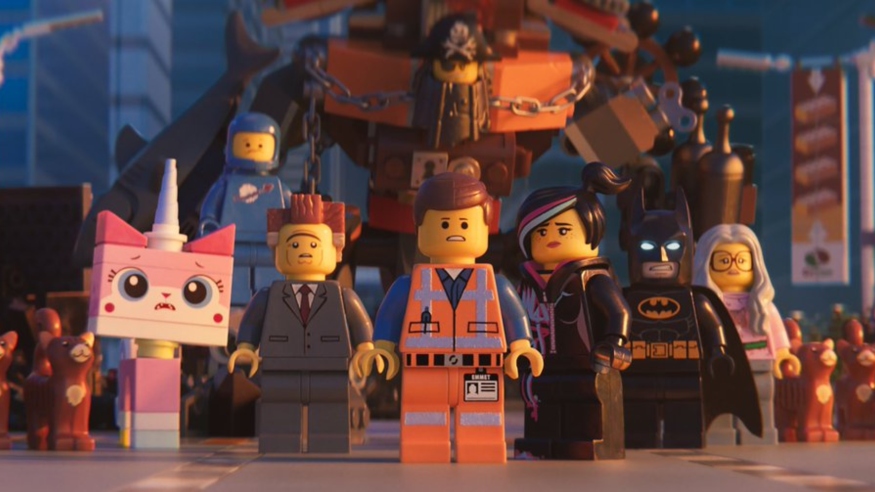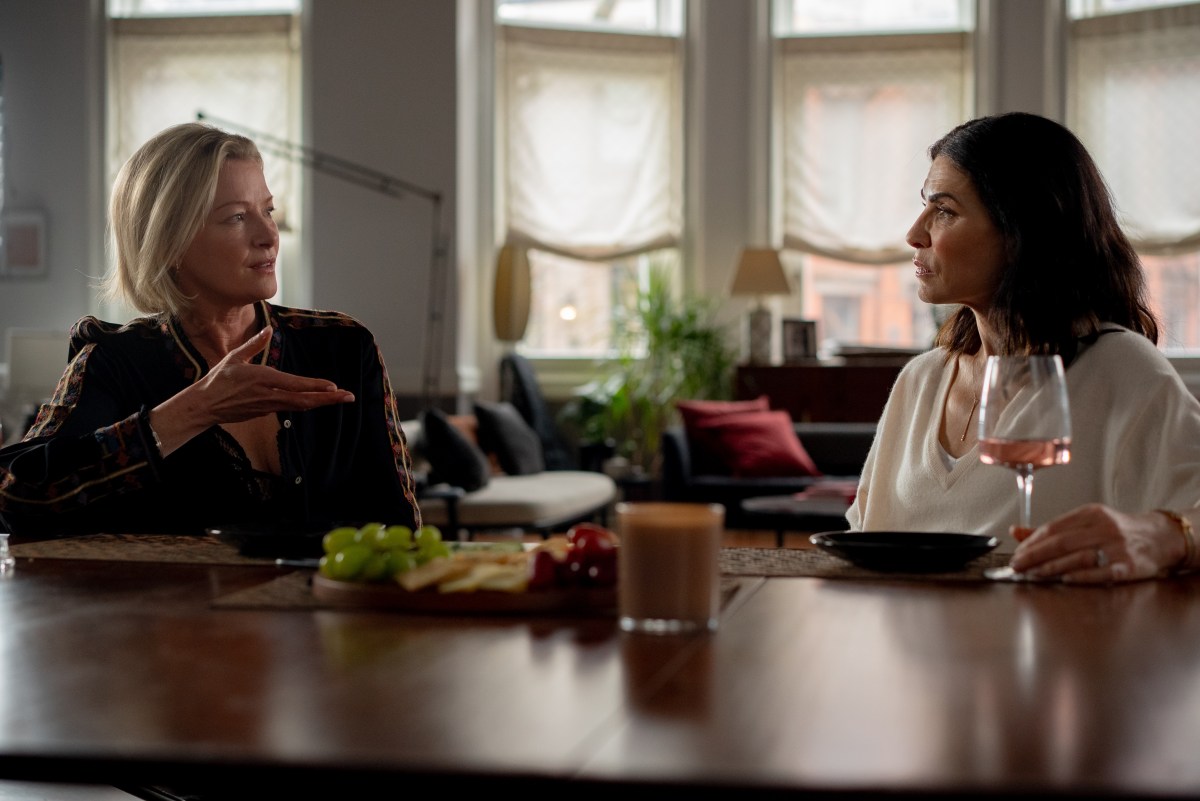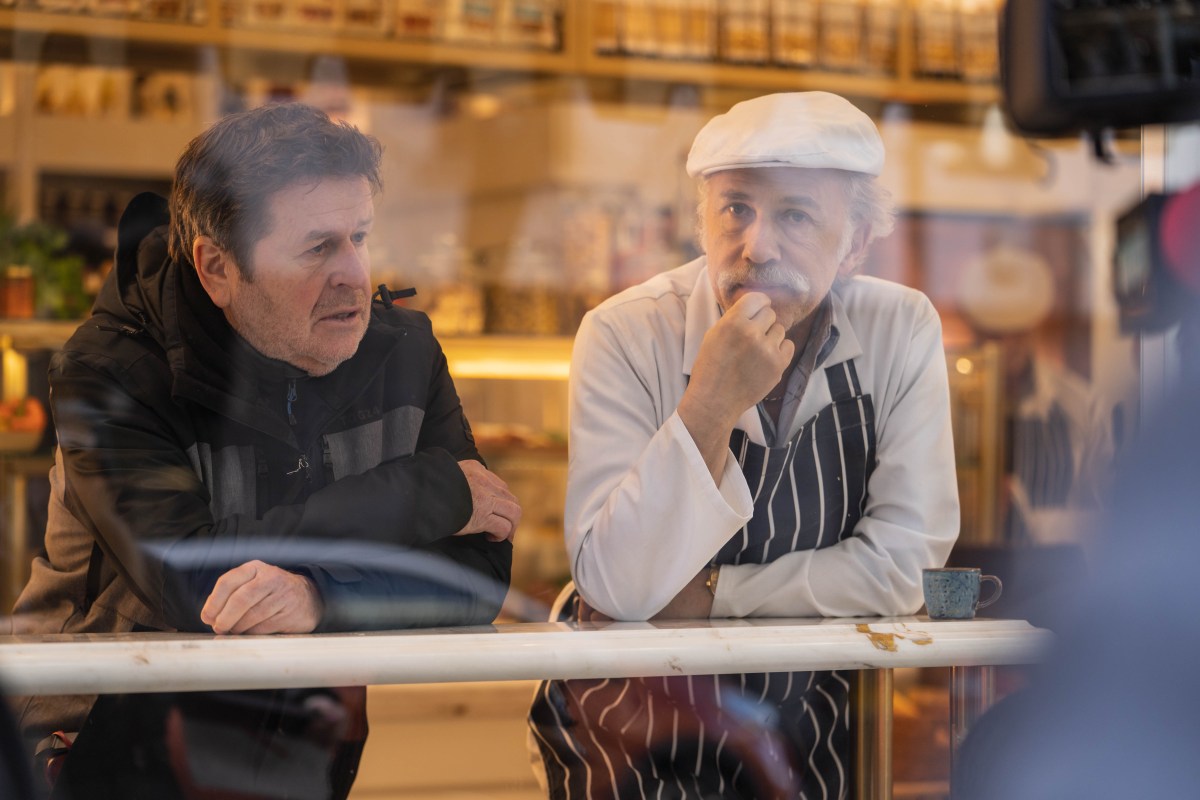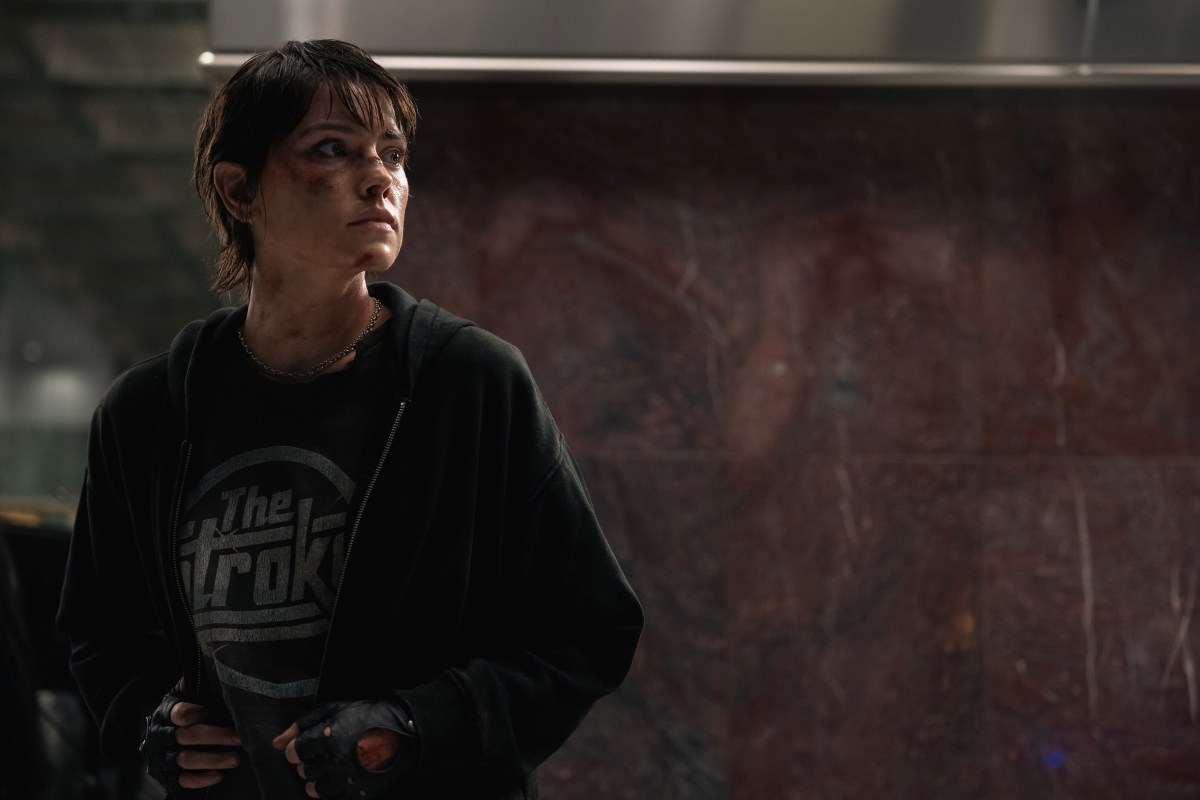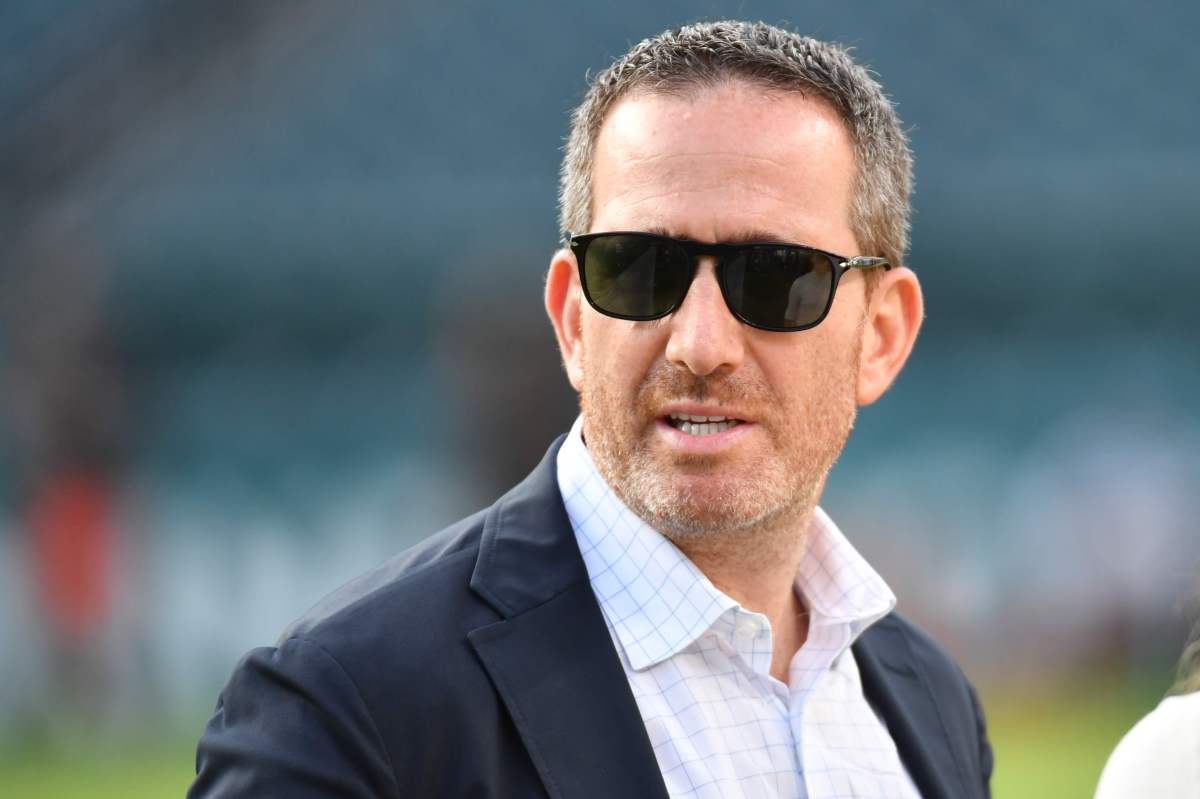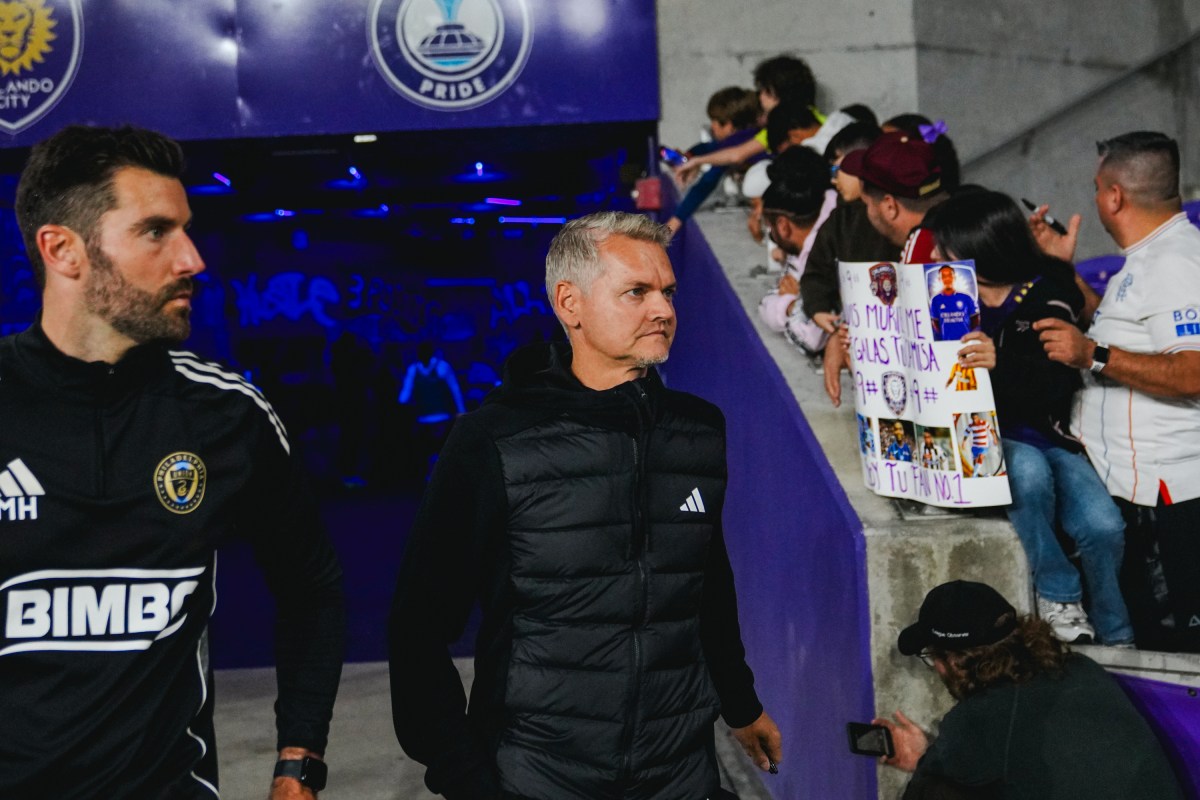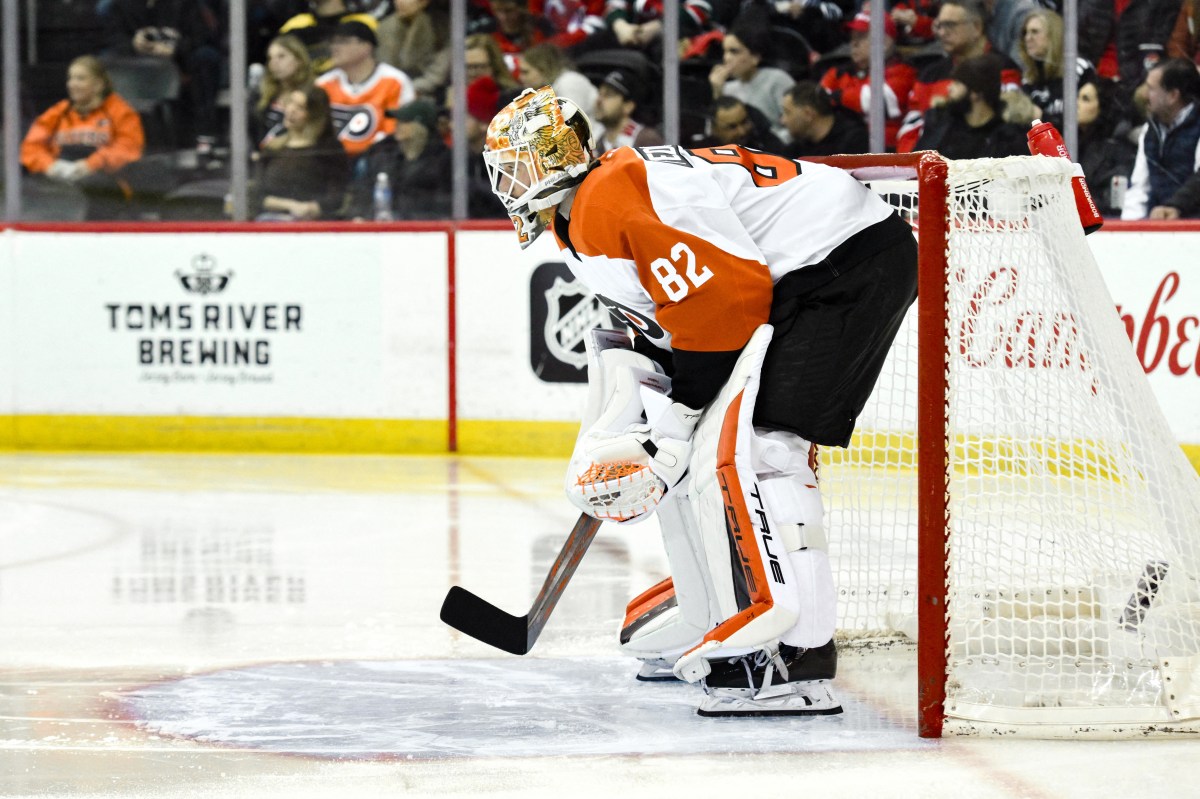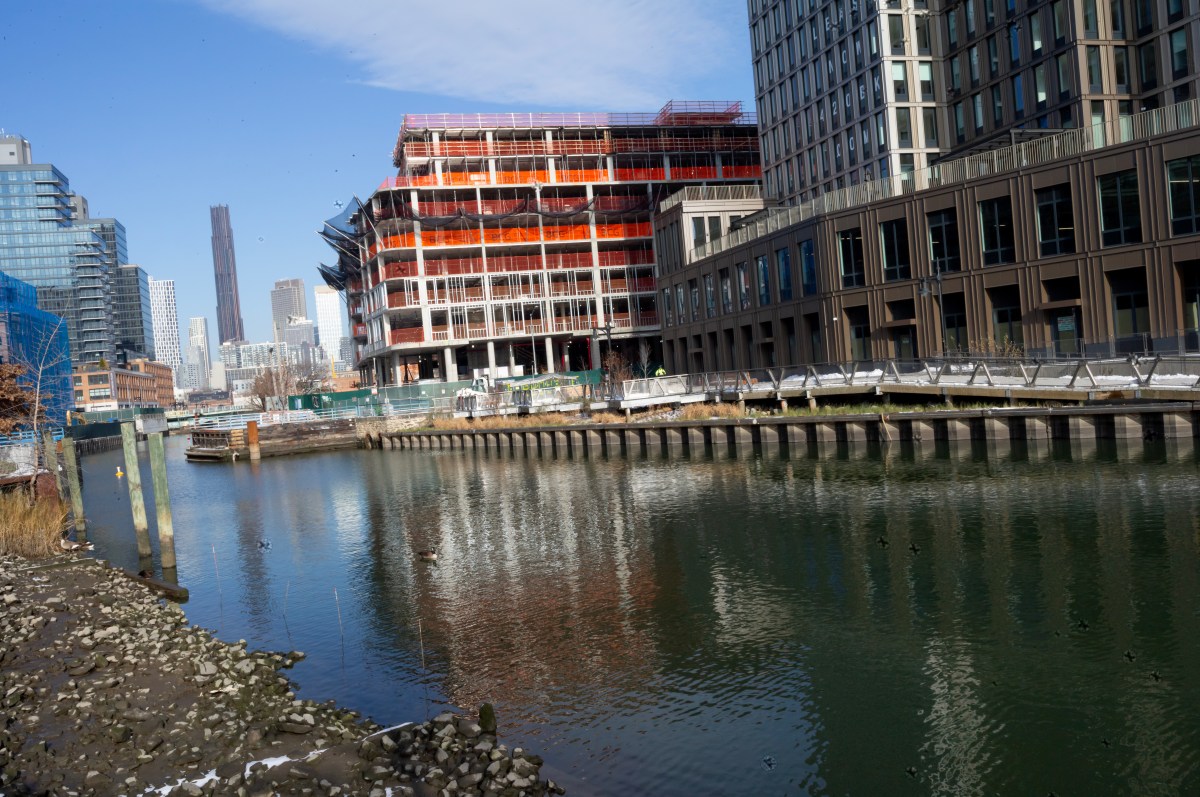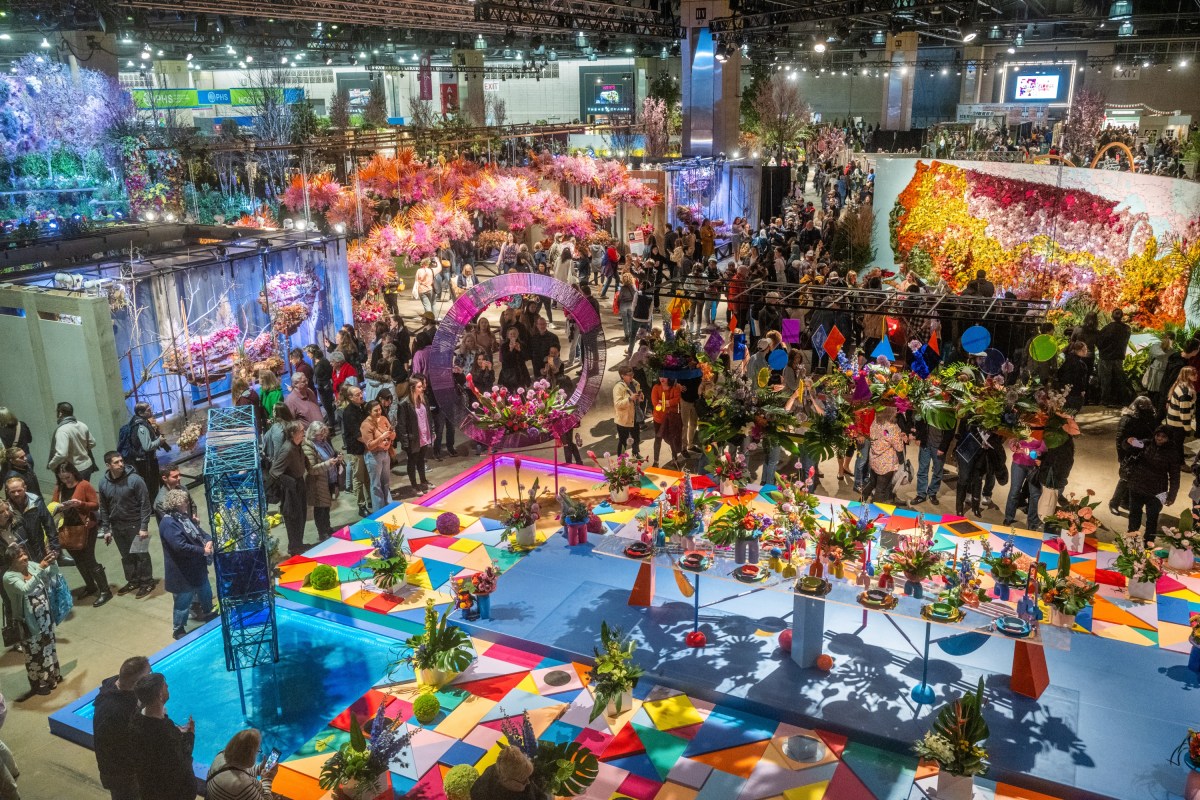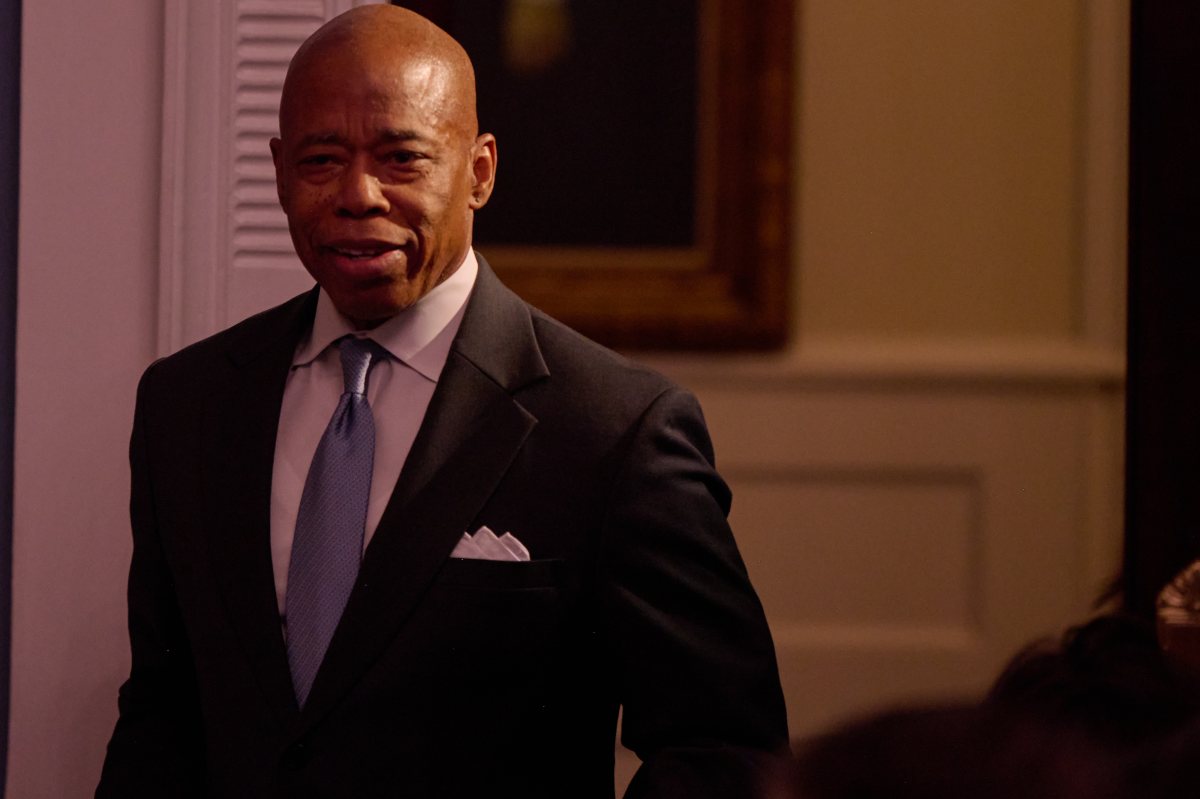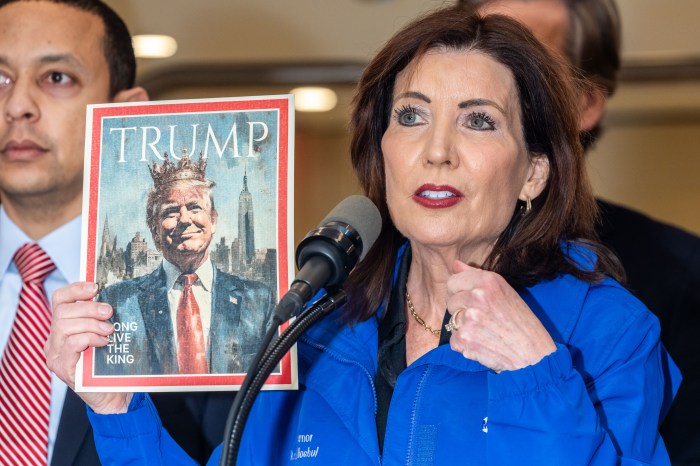While Lego Movie 2 marks the fourth film in the franchise, it is easy to forget just how surprising the success of The Lego Movie was back in 2014.
Originally expected to be gimmicky and hollow, The Lego Movie was instead funny, charming, beautiful and surprisingly profound. It also made a huge amount of money, so a sequel was always likely.
There was just one problem. The ending of The Lego Movie meant a follow-up would be complicated.
The Lego Movie 2 suggests ‘everything is not awesome’
At the end of the original it is revealed that the whole animated adventure is actually being played out by a boy named Finn using the tiny figures from his father (Will Ferrell)’s huge Lego set, which he isn’t supposed to touch. Ultimately, Ferrell allows both his son and young daughter to play. But she incorporates Duplo, who in the animated world announce their plans to destroy everyone.
When it comes to Lego Movie 2, its co-producer and co-writer Phil Lord admits, “We certainly painted ourselves into a corner. When we added that Duplo thing, you think that’s a good and fun twist ending, not a good sequel springboard.”
“It was an interesting challenge having audiences understand that this takes place in the imagination of the human world,” adds his collaborator Christopher Miller. “Being able to dynamically play with the interplay between the live action human world and the imagination Lego world created some interesting opportunities in inventive storytelling.”
Will Arnett, who voices the Lego version of Batman for the third time in the franchise in The Lego Movie 2, always knew Lord and Miller would find the perfect way to merge the animated and live-action worlds while delivering a powerful and important message.
“They do a really good job of capturing that Lego, for so many millions of children, represents a time of blind optimism and creativity. You remember back to times where you were just able to play in this incredibly creative unencumbered way. Building stuff and creating your own world. They’ve really captured that.”
“Then they’ve set that against, you know, as we get older we live in a world where it’s encouraged to remove childlike qualities and toughen kids up for the real world. I get that. But don’t lose that sense of childlike wonderment. Don’t lose that playful side. These are good traits for children to have. We shouldn’t be so quick to beat it out of them.”

That’s a sentiment that Lord wholeheartedly agrees with.
“At 12 or 13, you’re not so innocent anymore. You’re at the crossroads where you can either be a cynic or not and we’re making the argument that you can have your eyes open and still try to effect positive change. Because real maturity means that you can listen to other people and have kindness and positivity in the face of a world that you now understand isn’t as simplistically ideal as you maybe thought it was.”
“We want people to come out of the movie feeling more positive and more optimistic than they were going out and being honest about the nuances of the world,” adds Miller. “That’s something we didn’t get a chance to do in the first movie. When we said that everything was awesome. But in real life everything isn’t exactly awesome.
The Lego Movie 2: The Second Part is released on February 8.

